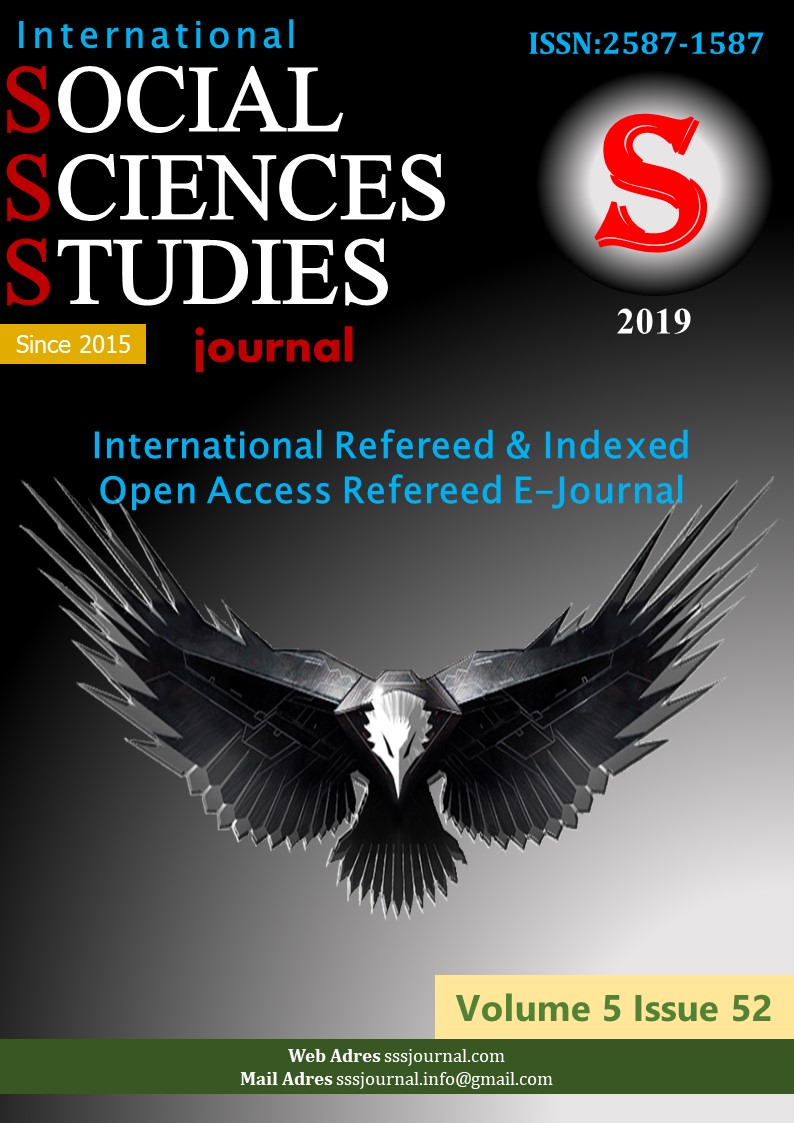OECD Ülkelerinin Analjezik Opioid Erişiminin İncelenmesi ve Türkiye Ulusal İlaç Stratejisi Kapsamında Opioid Kullanımının Değerlendirilmesi
Author :
Abstract
Reçeteli opioidlerin tıbbi olmayan kullanımı hem yüksek yaygınlık nedeniyle hem de morbidite ve mortalite de belirgin artışlar nedeniyle tüm ülkelerde önemli bir halk sağlığı sorunu haline gelmiştir. Reçeteli opioidlerin kötüye kullanılması sonucu acil servise başvuru oranları hızla artarken, reçeteli-opioidler de bile doz aşımından kaynaklanan ölüm oranları neredeyse dört katına çıkmıştır. Ülkeler, opioidlerin tıbbi olmayan amaçlar için kullanımını önlemek için çeşitli stratejiler uygulama yoluna gitmiştir. Tüm bu stratejilerin yerine getirilmesinin opioide bağlı ölümlerde bir değişim meydana getirip getirmediği ise önemli bir araştırma konusu haline gelmiştir. Dolayısıyla bu çalışma, analjezik opioid kullanımına ilişkin bu değişimleri ortaya koymak ve opioid kullanımından kaynaklı mortalite oranlarında azalmaların olup olmadığını incelemek amacıyla yapılmıştır. Bu araştırmada hedeflenen diğer bir amaç ise opioid tüketiminde Türkiye’nin durumu ve Türkiye Ulusal İlaç Stratejisi kapsamında opioidlerin kullanımının değerlendirilmesidir. Araştırmadan elde edilen sonuçlara göre; reçeteli opioidler için, çoğu düşük ve orta gelirli ülkede yetersiz erişim olmasına rağmen, analjezik opioidlerin erişimi giderek artmıştır. Ülkelerin analjezik opioid erişimi 2014-16 yılları ile karşılaştırıldığında, 2011-13 yıllarına göre düşük gelirli bazı ülkelerde azalmış, yüksek gelirli bazı ülkelerde artma eğiliminin devam ettiği tespit edilmiştir. 2011’den itibaren OECD ülkelerinde görülen opioid kaynaklı ölümlerde ise yaklaşık %20’lerde bir yükseliş olduğu sonucuna ulaşılmıştır.
Keywords
Abstract
Non-medical use of prescription opioids has become a major public health problem in all countries due to its high prevalence and significant increases in morbidity and mortality. As a result of misuse of prescription opioids, the rates of admission to the emergency department have increased rapidly, while even overdose deaths due to overdose have almost quadrupled. Countries have adopted various strategies to address the use of opioids for non-medical purposes. Whether these strategies have led to a change in opioid-related deaths has become an important research topic. Therefore, this study was conducted in order to reveal these changes related to opioid use and to investigate whether there is a decrease in mortality rates due to opioid use. One of the other targeted objective in this study is the evaluation of opioid consumption in Turkey Turkey's status and use of opioids under the National Drug Strategy. According to the results of the study, the availability of analgesic opioids has increased steadily for prescription opioids, although there is insufficient access in most low- and middle-income countries. According to the analgesic opioid availability of the countries, it was found that the presence of analgesic opioids decreased in some low-income countries and that the trend of increase continued in some high-income countries compared to the years 2011-13 and 2014-16. Since 2011, opioid-induced deaths in OECD countries have increased by about 20%.
Keywords
- European Monitoring Centre for Drugs and Drug Addiction, (2019). Turkey Country Drug Report 2019.
- European Monitoring Centre for Drugs and Drug Addiction, (2019). Turkey Country Drug Report 2019. EMCDDA Statistical Bulletin. https://doi.org/10.1787/4dd50c09-en.
- Jones, C. M., Mack, K. A., & Paulozzi, L. J. (2013). “Pharmaceutical overdose deaths, united states, 2010”. Jama, 309(7), 657-659.
- Manchikanti, L., Fellows, B., Janata, J. W., Pampati, V., Grider, J. S., & Boswell, M. V. (2012). “Opioid epidemic in the United States”. Pain physician, 15(3 Suppl), ES9-38.
- OECDa (2019). “Addressing Problematic Opioid Use in OECD Countries”. OECD Health Policy Studies, OECD Publishing,
- OECDb (2019). “Health at a Glance 2019: OECD Indicators”. OECD Publishing, Paris.
- Paulozzi, L. J. (2012). “Prescription drug overdoses: a review”. Journal of safety research, 43(4), 283-289.Sullivan, M. D., Edlund, M. J., Zhang, L., Unützer, J., & Wells, K. B. (2006). “Association between mentalhealth disorders, problem drug use, and regular prescription opioid use”. Archives of internal medicine, 166(19), 2087-2093.
- Wilkerson, R. G., Kim, H. K., Windsor, T. A., & Mareiniss, D. P. (2016).” The Opioid Epidemic in theUnited States”. Emergency Medicine Clinics of North America, 34(2), e1–e23. doi: 10.1016/j.emc.2015.11.002.
- Subcommittee, P. D. A., Behavioral Health Coordinating Committee, & US Department of Health andHuman Services. (2013). “Addressing prescription drug abuse in the United States: current activities and future opportunities”.
